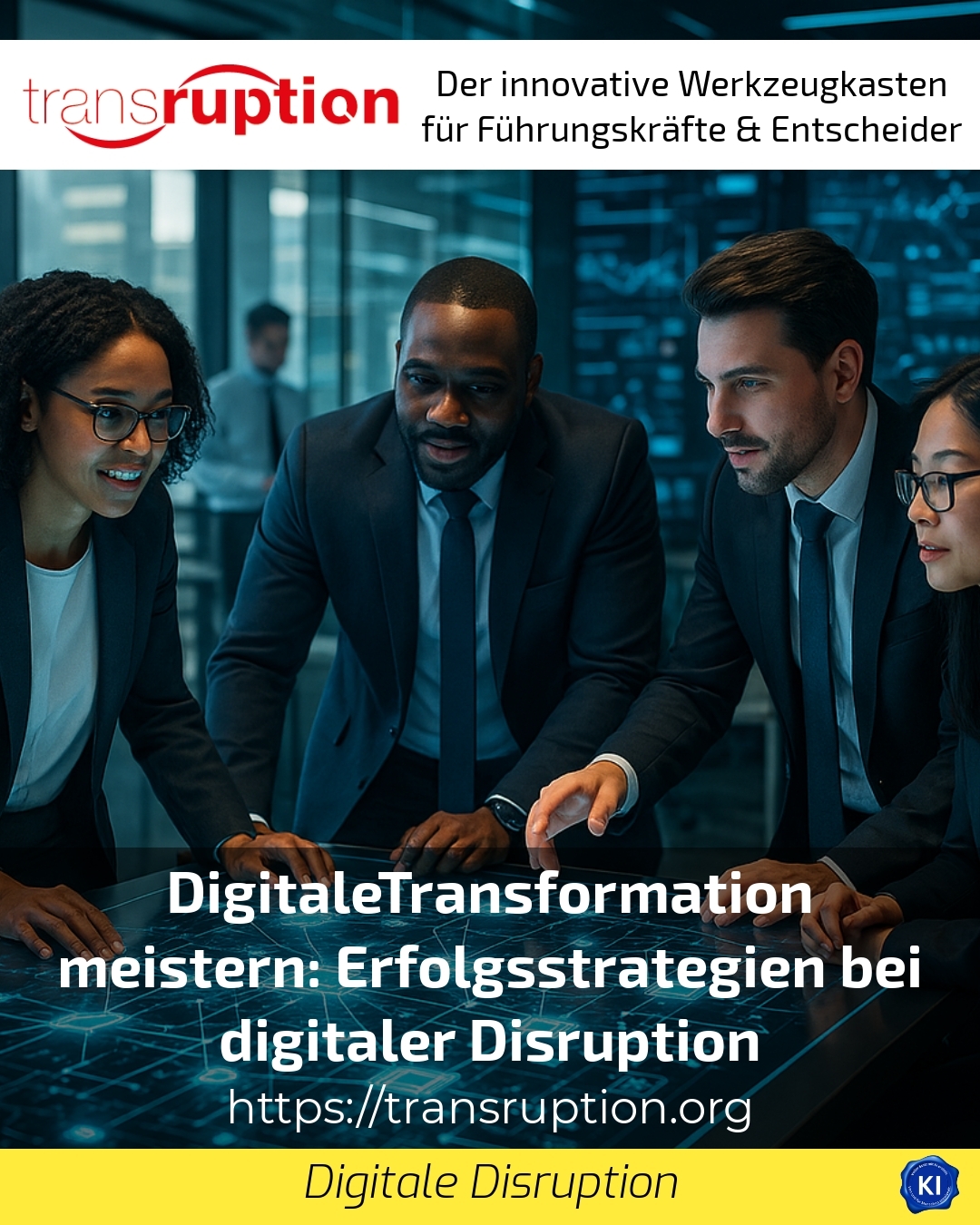Actively shaping digital transformation in times of digital disruption
Today's digital transformation requires a deep understanding of the rapidly changing technology landscape and the associated challenges. Many companies want to successfully adapt their business models to the new digital conditions. They are faced with questions such as: How do I navigate safely through digital disruption? Which strategies help to effectively accompany the change? Here, it is important to focus not only on technical solutions, but above all on comprehensive support and targeted impetus.
Practical support for the digital transformation
Many organisations report that they are looking for support in planning and implementing digital projects. This is not just about pure technology, but also about change management, cultural change and sustainable strategies for future-proof operations.
Some practical examples show how companies benefit from an accompanying external perspective:
BEST PRACTICE at company XYZ (name changed due to NDA contract) The digital transformation was supported throughout the project with a focus on agile methods and continuous improvement of internal communication processes. Through regular workshops and individual coaching sessions, managers and teams were able to securely anchor the new processes within a short space of time and successfully launch the first digital products on the market. External support helped to recognise stumbling blocks at an early stage and increase acceptance within the team.
Accompanying formats are also becoming increasingly important in industry, as they address the complexity of digital transformation processes and strengthen the digital maturity of the organisation.
Success strategies for digital disruption
Those who want to master the digital transformation should work with conscious and flexible approaches. A key success factor is the ability to react quickly to changes and promote innovation in a targeted manner. The following strategies are particularly effective:
The establishment of interdisciplinary teams to bundle digital expertise throughout the company creates more decision-making security. This also includes regularly reviewing critical performance indicators and responding to them appropriately. Transparent communication at all levels supports the internal acceptance of change and eliminates the risk of resistance.
The strategic use of technologies such as artificial intelligence, cloud services and automation tools supports the digital transformation and increases efficiency. At the same time, it has been shown time and again that long-term success can only be achieved by developing human skills and a suitable corporate culture.
Industry examples illustrate this connection:
BEST PRACTICE at company XYZ (name changed due to NDA contract) In the production area, an agile team created a platform for the digital networking of all production facilities. The close coordination between IT and production experts made it possible to analyse real-time data and better control product quality and the use of resources. The change was accompanied by continuous workshops so that the team was able to use the new digital tools quickly and confidently.
In the service sector, too, it is clear that digital transformation is rarely successful in the long term without the targeted support of employees and the breaking up of traditional structures.
Providing impetus through targeted coaching and counselling
Many companies report that external impulses are often the decisive impetus for driving digital projects forward. This is not about standardised solutions, but about individual support that matches the respective level of maturity and objectives. In this way, digital transformation is not seen and experienced as a project, but as an ongoing process.
The focus is then on developing customised strategies and methods that can react flexibly to new challenges. It is equally important to regularly reflect on progress in order to intervene and ensure transparency.
BEST PRACTICE at company XYZ (name changed due to NDA contract) As part of the digital transformation, a coaching process was introduced that involves employees at all levels in the development of new business ideas. This approach made it possible to increase acceptance of change and identify potential benefits for customers at an early stage. The role of the coach was primarily one of support and moderation in order to enable the teams to act independently.
This creates a learning organisation that actively shapes digital change rather than just reacting to it.
My analysis
When working on digitalisation projects, similar challenges arise time and again: Complexity, change processes and the involvement of employees are just as important as the right choice of technology. Success comes to those who see digital transformation as an ongoing process and rely on impetus and coaching rather than simple solutions or quick promises of salvation.
The examples from various industries illustrate how different the paths can be - but the common element remains active support and constructive collaboration. In this way, digital disruption becomes an opportunity not only to master the transformation, but also to anchor it permanently in the company.
Further links from the text above:
[1] SEO & SMO optimisation for your online success
[3] LLM-SEO: The future of search engine optimisation for companies
[5] Business.digital: Your specialist for digital transformation
For more information and if you have any questions, please contact Contact us or read more blog posts on the topic TRANSRUPTION here.
















